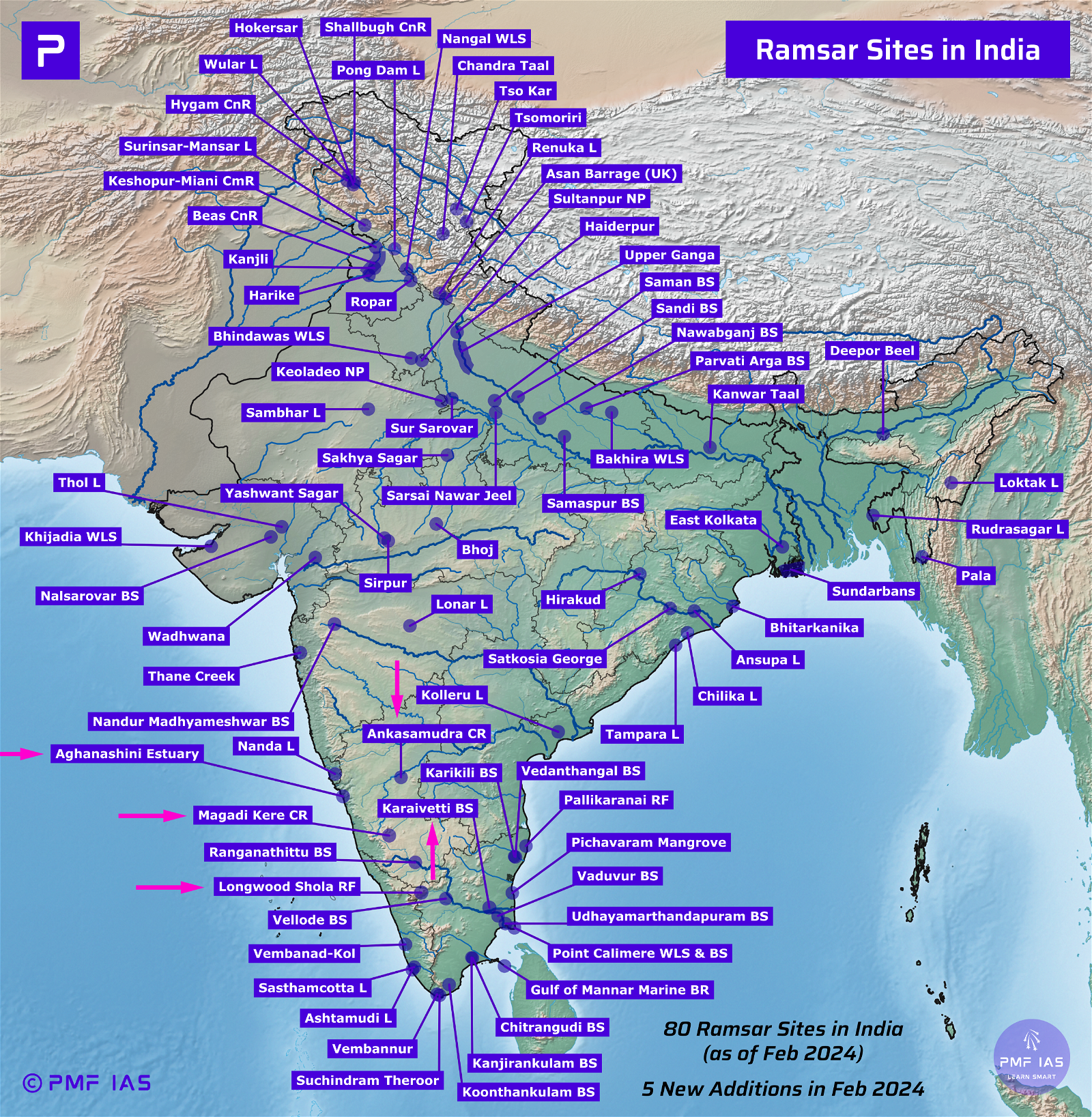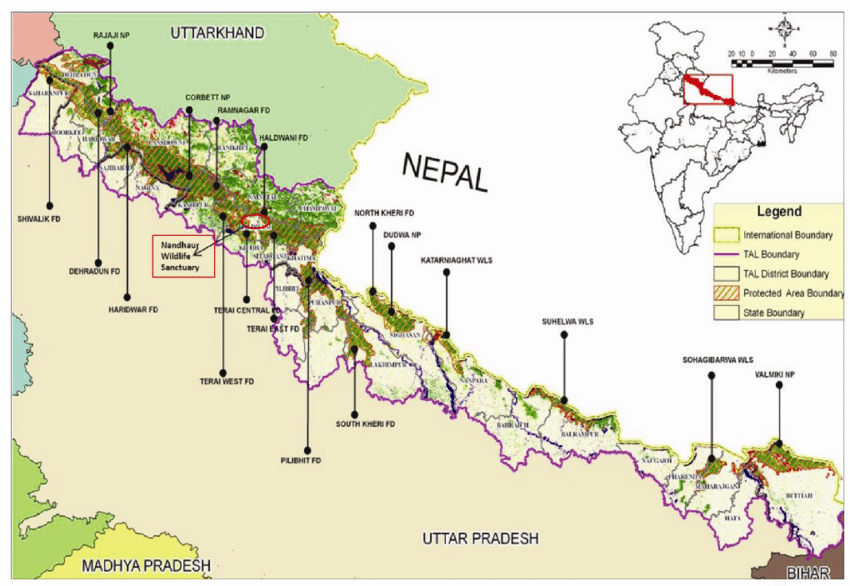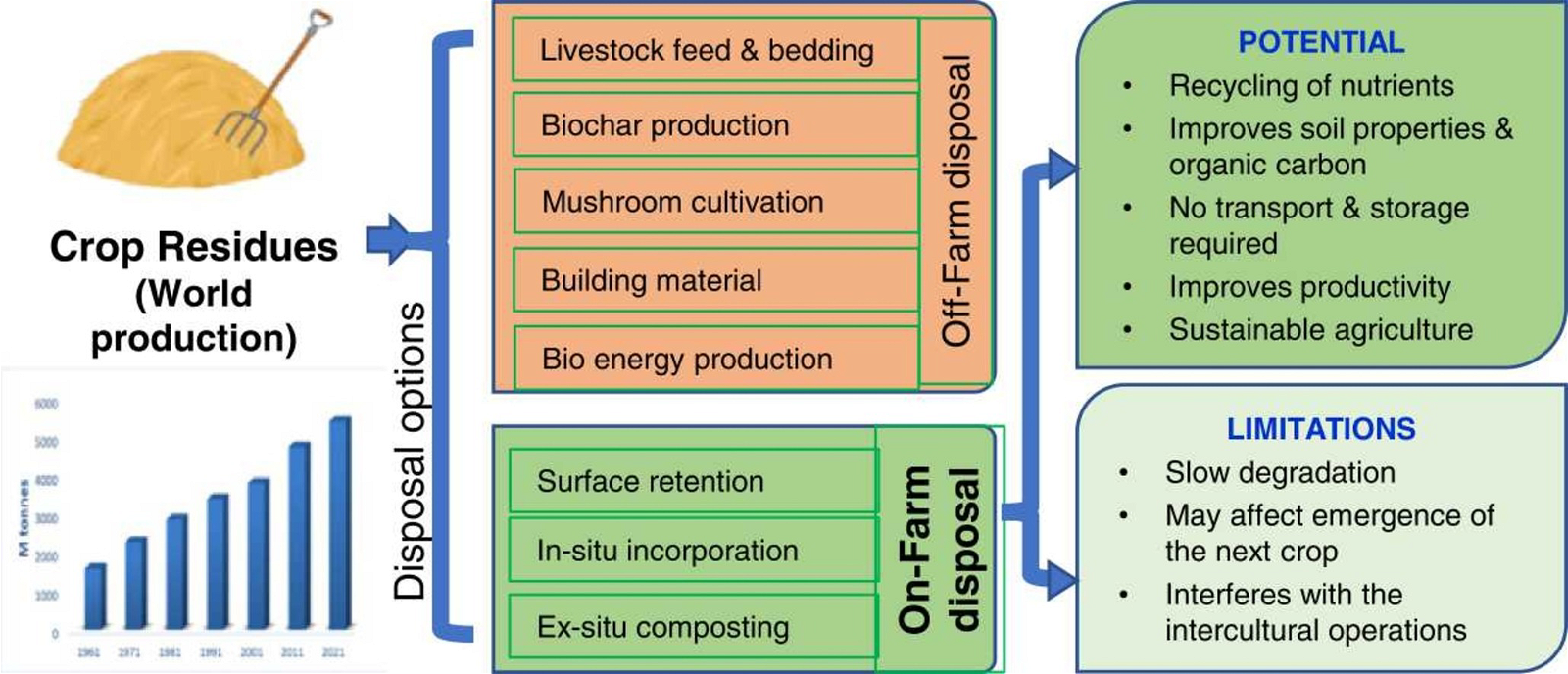
India increases its tally of Ramsar Sites
Subscribers of "Current Affairs" course can Download Daily Current Affairs in PDF/DOC
Subscribe to Never Miss an Important Update! Assured Discounts on New Products!
Must Join PMF IAS Telegram Channel & PMF IAS History Telegram Channel
- Context (PIB): India has increased its tally of Ramsar sites (Wetlands of International Importance) to 80 from the existing 75 by designating five more wetlands as Ramsar sites.
- Ramsar Site certificates were given away to –
- Karaivetti Bird Sanctuary, Tamil Nadu
- Longwood Shola Reserve Forest, Tamil Nadu
- Magadi Kere Conservation Reserve, Karnataka
- Ankasamudra Bird Conservation Reserve, Karnataka
- Aghanashini Estuary, Karnataka

Karaivetti Bird Sanctuary
- The Karaivetti Bird Sanctuary is a protected area located in the Ariyalur District of TN.
- This lake was declared as a sanctuary in 1999.
- Karaivetti Bird Sanctuary is one of the Important Bird Areas (IBAs) of TN.
- The sanctuary is a freshwater feeding ground for migratory water birds.
- About 200 bird species are recorded from this sanctuary.
- The sanctuary is a large irrigation tank located in the northern alluvial plains of the Kaveri River.
- Pullambadi, Kattalal canal, feeds this freshwater lake and attracts thousands of birds every year.
- It is also referred to together with another nearby tank called Vettakudi-Karaivetti Bird Sanctuary.
- It is home to migratory birds such as Bar-headed goose, Northern pintail, White Stork, Northern shoveler, Osprey and common sandpiper.
Magadi Kere Conservation Reserve / Bird Sanctuary
- Magadi Bird Sanctuary, created at the Magadi tank, is one of the biodiversity hotspots of Karnataka.
- The water of the wetland is salty and unsuitable for irrigation. Therefore, this wetland holds water even in dry years and attracts migratory waterfowl.
- The bar-headed goose is one of the birds that migrate to Magadi wetlands.
- The following bird species are also found:
- Grey Heron,
- Purple Heron,
- Comb Duck,
- Oriental Ibis,
- White Breasted Water Hen, and
- Greater Flamingo.
Longwood Shola Reserve Forest
- Longwood Shola is the only urban natural shola forest left in the Nilgiris.
- Longwood Shola is an ancient forest that has nutrient-rich soil formed over hundreds of years.
- Like other shola forests, Longwood Shola is nestled between two hills and acts as a perched aquifer, retaining the water that flows from these two hills.
- The soil is dark and has high water retention capacity. Even in case of high rainfall, the soil can absorb that water and release it in small amounts throughout the year.
- It is a relatively small patch of forest, yet of great importance to the entire Kotagiri region.
- It is a significant source of water to the nearby villages and hamlets and plays a vital role in Kotagiri’s microclimate, attracting and regulating the rainfall.
- The TN government and the Forest Department plan an eco-tourism initiative to spread awareness of the importance of the Nilgiris’ Shola forests.
- A Shola conservation centre is to be set up as part of the eco-tourism plans.
- Longwood Shola received the Queen’s Commonwealth Canopy accreditation in 2022.
|
Shola Forests
- The Shola vegetation is a tropical montane forest found in the Western Ghats, separated by rolling grasslands in high altitudes.
- Shola grasslands consist of dwarf trees growing 25-30 feet.
- In general, mountains are covered in grasslands, and trees never grow on the mountain tops. Still, Shola forests (tropical forests) at altitudes above 2000 metres of sea level are unique and curious.
- Shola tree species have one of the lowest regeneration rates. They do not get established very soon and are very sensitive to climatic change.
- Vegetation is a double-layered storey with a closed canopy, which hardly permits a single ray of sunlight to penetrate the natural vegetation.
- The Nilgiris upper region is classified as southern grassland or mountain grassland.
- Between 1973 and 2014, the Shola grasslands area saw a 66.7% decline.
- The Shola forests and associated grasslands store large quantities of water on the mountain ranges, thus serving as massive `water harvesting and storage structures.
- Many of the rivers in Kerala and Tamil Nadu originate from the Shola grasslands and are perennial.
- With the depletion of Sholas and other forests, the streams that supply water to them dry up in summer.
- They are rich storehouses of biodiversity and are also home to vibrant wildlife.
- Due to high isolation and unique climatic conditions, the Shola forests are characterised by high endemism.
- The species of plants and animals found here are native to this region, and such species cannot be found anywhere else in the world. For example – Nilgiri Tahr.
Ankasamudra Bird Conservation Reserve (ABCR)
- ABCR is about an hour from Hampi town and very near to Tungabhadra Reservoir.
- It was declared a ‘Birds Conservation Reserve’ in 2017 as per the Wildlife Protection Act, 1972.
- It has been home to a wide variety of birds, both domestic and migratory.
- There are 175 species (of birds) and even 11 species from the IUCN Red List.
- Little cormorants, Indian cormorants, great cormorants, grey herons, purple herons, and black-crowned night herons (rare for Ballari and its first record of breeding) are among the variety of birds seen nesting and breeding.
Aghanashini Estuary
- The Aghanashini River originates in the Western Ghats. It flows westward towards the Arabian Sea, and a significant part of its course flows through the forested gorges and valleys.
- The river meets the sea at Aghanashini village of Kumta taluk.
- The Aghanashini is one of the last free-flowing rivers in Karnataka: it has no significant industrial establishments, dams or townships on its banks.
- Aghanashini estuarine landforms accommodate diverse ecosystem functions and human activities but also mediate flood and erosion risks.
- The high productivity of the estuary is because the river water carries large quantities of organic materials from the forests and deposits the same in the estuary.
- The rich mangrove vegetation of the estuary plays a significant role in nutrient supply for the diverse faunal community.
- It provides shelter for birds and acts as a nursery for many species of fish and prawns.
- The rich bird community contributes to nutrient cycling through their potash and nitrogen castings.
- The constant churning and circulation of waters due to the flow of freshwater from one side and the tidal influx from the Arabian Sea oxygenates the water and circulates the nutrients.




![PMF IAS Environment for UPSC 2022-23 [paperback] PMF IAS [Nov 30, 2021]…](https://pmfias.b-cdn.net/wp-content/uploads/2024/04/pmfiasenvironmentforupsc2022-23paperbackpmfiasnov302021.jpg)











